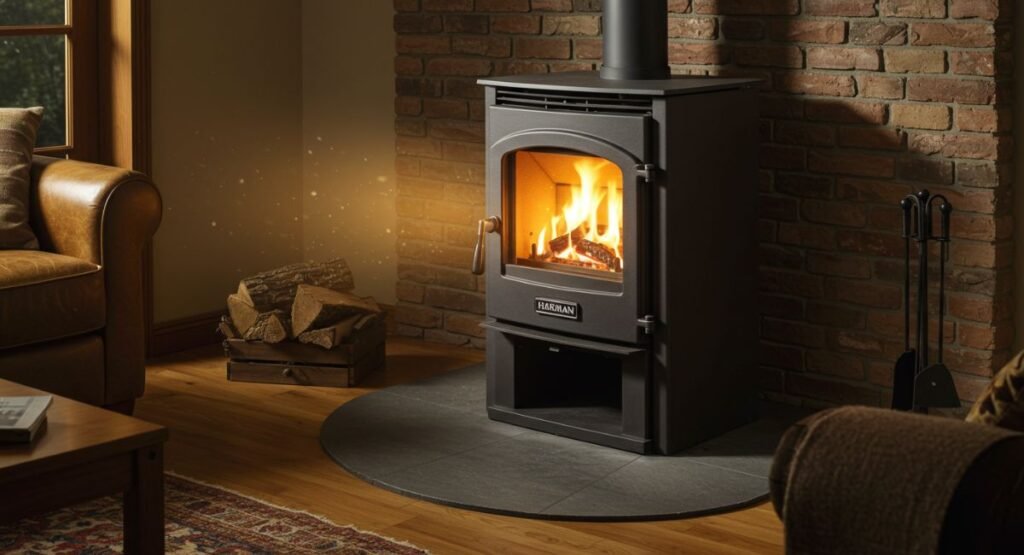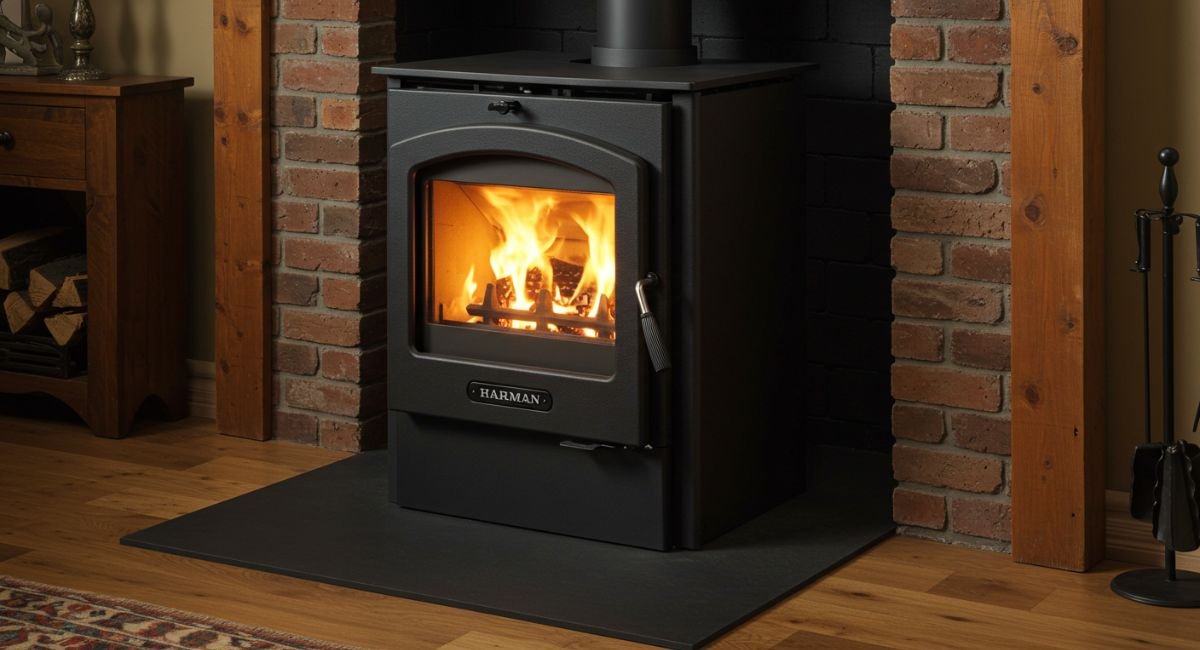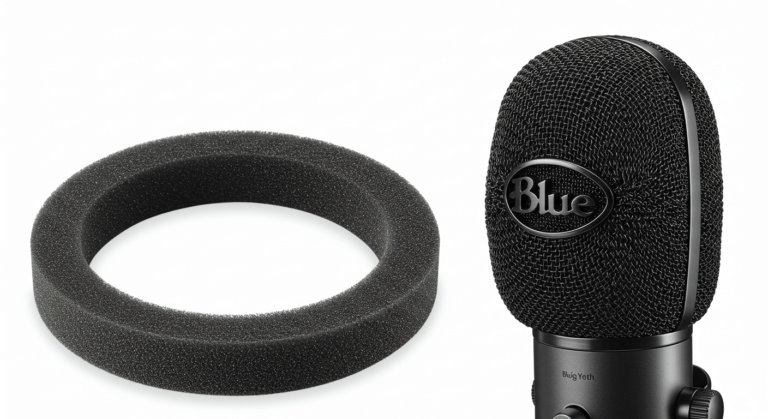The Best Pellet Stove. My Honest harman pellet stove Review
Table of Contents
My Journey to Finding the Perfect Heating Solution
When winter’s icy grip tightened around my rural home three years ago, I found myself in a heating crisis. My aging furnace had finally given up, and I needed an efficient, reliable alternative—fast. After weeks of research and countless conversations with heating professionals, I took the plunge and invested in a Harman pellet stove.
Little did I know this decision would completely transform my home’s comfort level and my heating budget. Having now used this stove through three harsh winters, I’m ready to share my unfiltered experience with the Harman pellet stove lineup. Is it truly worth the premium price tag? Let’s dive into this comprehensive review.
What Makes Harman Pellet Stoves Stand Out in the Market?
Before we get into my personal experience, let’s understand what positions Harman pellet stoves in the higher-end segment of the market. Founded in 1979, Harman has built a reputation as a leading manufacturer of premium heating appliances, with their pellet stoves often considered the “gold standard” in the industry.

Key Distinguishing Features of Harman Pellet Stoves
- Exclusive PelletPro™ Technology: Harman’s patented feeding system provides consistent heat output regardless of pellet quality.
- ESP Temperature Control: Maintains your desired temperature within 1 degree.
- Advanced Exhaust Sensing Probe: Monitors and adjusts combustion automatically.
- Exceptionally Long Burn Times: Up to 52 hours on low settings with larger models.
- Room Sensing Technology: Adjusts heat output based on the actual room temperature.
- Track-Mount Hopper System: Allows smooth feeding of pellets with minimal jamming.
Popular Harman Pellet Stove Models
| Model | BTU Output | Heating Capacity | Hopper Capacity | Unique Features |
|---|---|---|---|---|
| Accentra 52i | 52,000 BTU | Up to 2,800 sq ft | 50 lbs | Insert design, auto-ignition |
| P68 | 68,000 BTU | Up to 3,500 sq ft | 76 lbs | Largest heating capacity |
| XXV | 50,000 BTU | Up to 2,400 sq ft | 65 lbs | Decorative cast iron, bay window design |
| Allure 50 | 50,000 BTU | Up to 2,400 sq ft | 62 lbs | Sleek contemporary styling |
| P43 | 43,000 BTU | Up to 2,400 sq ft | 50 lbs | Compact design for smaller spaces |

My Personal Experience with the Harman P68 Pellet Stove
After carefully assessing my heating needs for my 2,800 square foot farmhouse, I settled on the Harman P68 model. Here’s a breakdown of my experience over the past three years:
Initial Installation and Setup
The installation process was not a DIY project—professional installation is highly recommended and often required for warranty validation. The entire setup, including venting and hearth preparation, cost me approximately $1,200 beyond the stove’s price tag (which was $4,300 at the time).
Installation Considerations:
- Professional installation is a must
- Proper clearance requirements must be met
- Adequate ventilation system needed
- Dedicated electrical outlet required (battery backup recommended)
Daily Operation and Ease of Use
The learning curve for operating the Harman pellet stove was surprisingly gentle. The control panel is intuitive, and the automatic ignition system eliminates the need for starter gels or manual lighting. The P68 offers both manual and thermostat operating modes, which I found exceptionally convenient.
Room Temperature Regulation
One feature that truly impressed me was the ESP (Exhaust Sensing Probe) temperature control. Unlike other stoves I’d researched that simply cycled on and off, the Harman pellet stove modulates its flame and feed rate to maintain a consistent temperature. During our coldest nights (dropping to -15°F), my main living area remained steadily at 72°F—exactly what I had set.
Pellet Consumption and Efficiency
In terms of efficiency, the P68 has been remarkably economical. During peak winter months (December through February), I use approximately 2 tons of pellets, costing around $600 total. Compared to my previous propane heating costs of nearly $1,800 for the same period, the savings have been substantial.
Average Pellet Consumption:
- Mild winter days: 25-30 lbs per day
- Severe cold snaps: 40-50 lbs per day
- Shoulder season: 15-20 lbs per day
Maintenance Requirements
Owning a Harman pellet stove does require regular maintenance, but I’ve found it less demanding than some online reviews suggested.
Daily Maintenance:
- Quick ash removal from the burn pot (2-3 minutes)
- Checking pellet levels
Weekly Maintenance:
- Thorough ash vacuuming (10-15 minutes)
- Cleaning glass (5 minutes)
Monthly Maintenance:
- Checking and cleaning venting system
- Inspecting gaskets and seals
Annual Maintenance:
- Professional cleaning and inspection ($200-250)
- Replacing worn components if necessary
Heat Distribution and Comfort
The heating capacity of the P68 has exceeded my expectations. Even without additional fans, the stove effectively heats my open-concept main floor and, through natural heat rise, keeps the upstairs bedrooms comfortable as well. The basement remains cooler, which actually works well for my wine storage area.
The quality of heat deserves special mention—it’s a penetrating warmth that feels natural and comfortable, unlike the dry heat from my old forced-air system.
The Real-World Pros and Cons of Harman Pellet Stoves
After three years of daily use during heating seasons, I’ve compiled this honest assessment of the Harman pellet stove experience:
Pros
- Exceptional Heat Output: Consistent, powerful heat even in extreme conditions
- Precise Temperature Control: Maintains within 1 degree of set temperature
- Outstanding Fuel Efficiency: Burns less pellets than competitor models I’ve compared notes on
- Reliability: Zero major failures in three years of operation
- Build Quality: Heavy-gauge steel and cast iron construction that’s built to last
- Quiet Operation: Significantly quieter than other pellet stoves I’ve heard
- Attractive Design: Enhances room aesthetics rather than detracting from them
- Reduced Heating Bills: Saved approximately $1,200 annually compared to propane
- Environmentally Friendly: Uses renewable biomass fuel with minimal emissions
- American-Made: Manufactured in Halifax, Pennsylvania
Cons
- Higher Initial Investment: Premium pricing compared to other brands
- Weight and Size: Extremely heavy (350+ lbs) making positioning difficult
- Electricity Dependent: Requires power to operate (though battery backup is available)
- Professional Installation Required: Not ideal for DIY enthusiasts
- Pellet Storage Needs: Requires dedicated dry space for storing pellet bags
- Regular Maintenance: More hands-on than traditional heating systems
- Replacement Parts Cost: Components tend to be more expensive when needed
- Limited Color Options: Fewer aesthetic choices than some competitors
- Pellet Availability Concerns: During pellet shortages, you may pay premium prices
- Fan Noise: While quieter than most, it’s still audible in very quiet environments
Is a Harman Pellet Stove Right for Your Home?
After my extensive experience with the Harman pellet stove, I believe they’re ideally suited for:
Ideal Candidates for Harman Pellet Stoves:
- Rural homeowners with limited access to natural gas
- Energy-conscious consumers looking to reduce heating bills
- Environmentally-minded individuals seeking renewable heating options
- Homes with open floor plans where heat can circulate naturally
- Those seeking heating independence from traditional utility companies
- Homeowners planning to stay put long enough to recoup the investment
- Areas with reliable pellet supply and reasonable pricing
- Homes with existing chimney systems that can be retrofitted
- Cold-climate dwellers needing serious heating performance
Less Ideal Situations:
- Extremely small spaces where the heat output might be excessive
- Homes without backup heating in case of power outages
- Those unable to perform basic maintenance or afford professional service
- Rental properties where tenant responsibility is a concern
- Households with severe dust allergies that might be triggered by pellet handling
- Historic homes with complicated venting restrictions
- Areas with unreliable pellet supply chains
How to Choose the Right Harman Pellet Stove Model
If you’re considering a Harman pellet stove for your home, here are my recommendations based on square footage:
- Under 1,500 sq ft: Consider the P35i or Accentra models
- 1,500-2,500 sq ft: The P43 or XXV models offer ideal balance
- 2,500-3,500+ sq ft: The P68 or Absolute 63 provide maximum heating capacity
Beyond square footage, consider these factors:
- Aesthetic preferences: Traditional cast iron vs. contemporary styling
- Installation type: Freestanding vs. insert models
- Hopper capacity: Larger hoppers mean less frequent refilling
- Control preferences: Basic controls vs. digital programmable options
- Budget constraints: Models range from $3,000 to $5,000+
Cost Analysis: Is the Premium Price Justified?
Let’s break down the economics of my Harman pellet stove investment:
- Initial cost: $4,300 (stove) + $1,200 (professional installation) = $5,500
- Annual pellet cost: Approximately $1,200 (4 tons at $300/ton)
- Annual maintenance cost: $250 (professional cleaning) + $50 (supplies) = $300
- Previous annual heating cost: $3,000 (propane)
- Annual savings: $1,500
- Break-even point: 3.7 years
My personal experience has validated the financial calculations—I’ve nearly recouped my initial investment in three years through reduced heating costs. Beyond the financial benefits, the improved comfort and consistent heating performance have been invaluable during our harsh winters.
Maintenance Tips for Maximizing Your Harman Pellet Stove Lifespan
Based on my experience and conversations with service technicians, here are my top tips for getting the most from your Harman pellet stove:
- Use premium pellets with low ash content (look for PFI certification)
- Clean the burn pot daily during heavy use periods
- Invest in a good ash vacuum specifically designed for stove cleaning
- Follow the manufacturer’s maintenance schedule without skipping steps
- Schedule professional cleaning annually before each heating season
- Keep spare ignitors on hand as they’re the most common failure point
- Check door gaskets regularly for signs of wear or leakage
- Store pellets properly in a dry location away from moisture
- Install a battery backup system to prevent shutdowns during power failures
- Monitor combustion blower performance as decreased airflow reduces efficiency
Comparing Harman to Other Leading Pellet Stove Brands
Before purchasing my Harman pellet stove, I researched several other leading brands. Here’s how they compare based on my research and conversations with owners of different models:
| Brand | Price Range | Build Quality | Efficiency | Noise Level | Warranty |
|---|---|---|---|---|---|
| Harman | $3,000-$5,000+ | Excellent | 80%+ | Low | 7 years (limited) |
| Quadra-Fire | $2,500-$4,000 | Very Good | 75-83% | Moderate | 5 years |
| Lopi | $2,800-$4,500 | Excellent | 76-84% | Moderate | 5 years |
| EnviroFire | $2,000-$3,500 | Good | 70-80% | Moderate-High | 5 years |
| Ravelli | $2,800-$4,200 | Very Good | 75-87% | Low-Moderate | 5 years |
While several competitors offer good value, the Harman pellet stove line consistently ranks highest in owner satisfaction surveys and has the lowest reported rate of technical issues according to consumer review aggregators.
Frequently Asked Questions About Harman Pellet Stoves
What problems can occur with a Harman pellet stove?
Auger jams, ignitor failures, and pressure switch issues are the most common problems, though significantly less frequent than in competitor brands.
Why are people getting rid of pellet stoves?
Primarily due to maintenance requirements, pellet storage challenges, or switching to heat pumps for whole-home solutions.
Is it safe to run pellet stove all night?
Yes, Harman pellet stoves are designed with multiple safety features making overnight operation safe and efficient.
How long does a Harman pellet stove last?
With proper maintenance, 15-20 years of reliable service is typical, with many reaching 25+ years.
What are the disadvantages of a pellet stove?
Electricity dependence, regular maintenance requirements, and pellet storage needs are the main drawbacks.
Conclusion: Why My Harman Pellet Stove Was Worth Every Penny
After three years of using my Harman pellet stove through brutal winters, scorching efficiency tests, and careful cost analysis, I can confidently say it’s been one of my best home investments. While the initial cost was significant, the combination of reduced heating bills, increased comfort, and reliable performance has more than justified the premium price.
The Harman pellet stove excels in what matters most: consistent heat output, precise temperature control, exceptional build quality, and long-term reliability. For homeowners seeking an efficient, renewable heating solution that offers both practical performance and aesthetic appeal, the Harman line deserves serious consideration.
Would I make the same choice again? Absolutely. The peace of mind during winter storms, the cozy warmth that permeates my home, and the satisfaction of reduced energy costs have made this investment worthwhile beyond just the numbers.
If you’re considering a Harman pellet stove for your home, I recommend visiting an authorized dealer where you can see the different models in operation and discuss your specific heating needs with a professional. While no heating solution is perfect for every situation, the Harman line offers exceptional quality for those willing to make the investment.
Have you made the switch to a pellet stove or are you considering one? Share your experiences or questions in the comments below!






